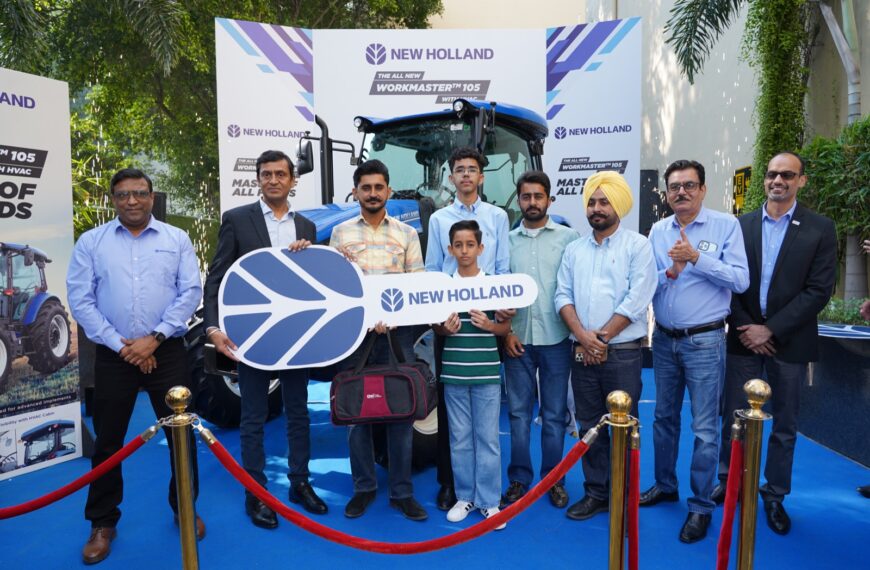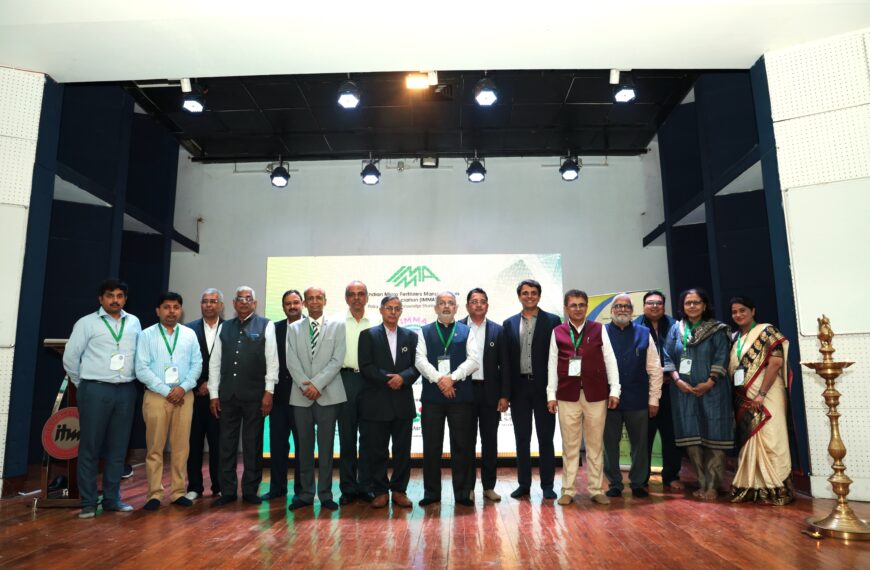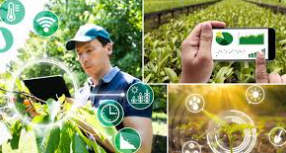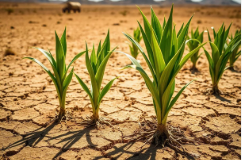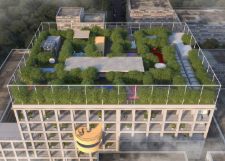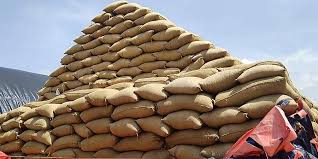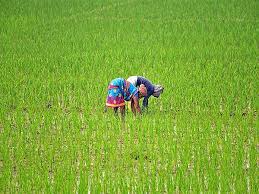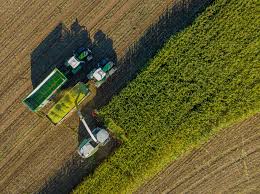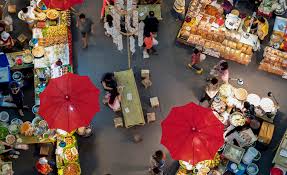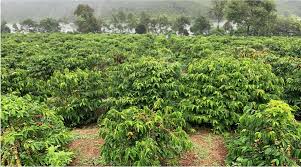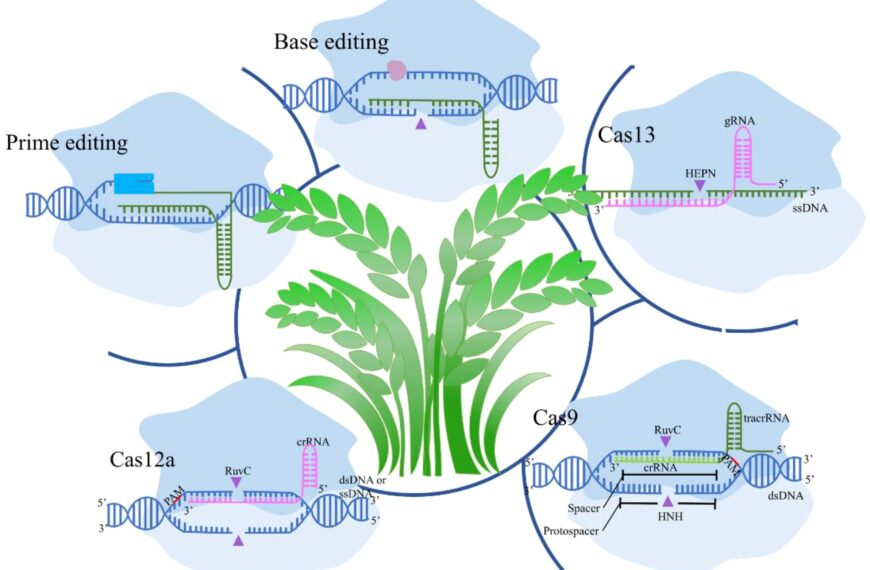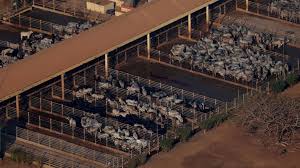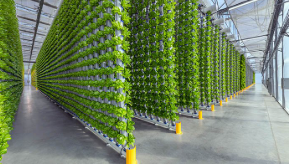
Urban vertical farming a method of growing produce in stacked indoor systems has scaled up rapidly in North American and European cities. These systems leverage LED lighting, hydroponic or aeroponic setups, and climate control to grow leafy greens, herbs, microgreens, and even berries year-round.
A new commercial facility in Chicago, covering 1.2 acres across multiple stacked floors, can produce 500,000 heads of lettuce annually—enough to feed nearly 100,000 people daily. The farm uses 95% less water than traditional field agriculture and can deliver fresh produce within hours to local shops and restaurants, reducing food miles and waste.
Backers cite energy efficiency improvements and economies of scale as key to making vertical farming competitive. Meanwhile, local municipalities have started offering tax breaks and infrastructure support to these farms as part of resilience strategies.
With the global vertical farming market projected to exceed USD 20 billion by 2028, innovations such as solar LED integration and AI-based yield prediction are unlocking the technology’s next growth phase.

